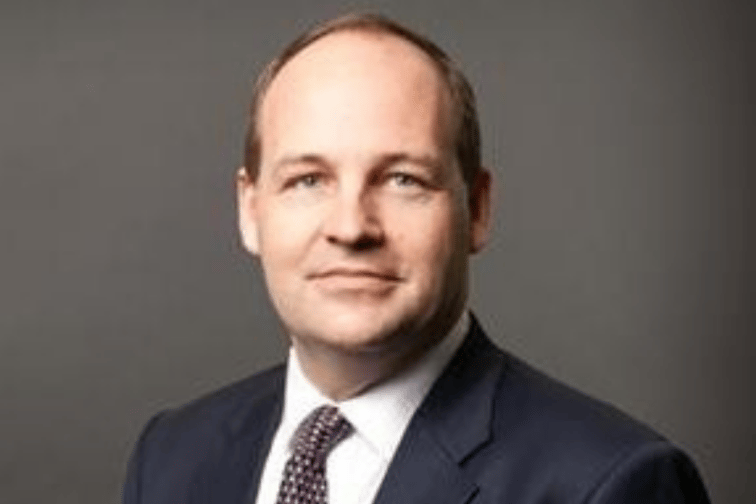

Australia is the fourth largest territory for the iconic insurance market Lloyd’s of London. In March, Lloyd’s released its 2021 financial results and said they were the best for six years. But what do these positive figures really mean for the insurance industry in Australia?
“What we’re looking at here is the culmination of a number of years of bloody hard work,” said Lloyd’s general representative in Australia Chris Mackinnon (pictured).
Mackinnon described the results as having “good ongoing development in terms of that long term sustainability of the market.”
He said the positive results are largely a combination of getting through the challenges and uncertainty of the COVID-19 pandemic, including its business interruption (BI) insurance implications. Then the market, he said, has also been dealing with “attritional underlying issues.”
“That’s resulted in many years of working on the Decile 10 type portfolios and working with the market to really drive that long term sustainable underwriting profitability,” he said.
Mackinnon said the 2021 results are significantly different to the results of the previous year.
“You really can’t compare it,” he said. “In the numbers from 12 months ago we were looking at 110% combined ratio and we’re down to 93.5% for the results this year. But the reality is that last year we were about 97% if we took COVID out of the equation,” he explained.
He described this as “a steady and ongoing improvement” and not as dramatic as it first looks.
As the fourth largest territory for Lloyd’s, Mackinnon said Australia “is always going to be a material part of the overall result.”
“So if we have a really good year in Australia, then it’s reflected - and if we have a really bad year, whether it’s natural catastrophes or whatever else, it’s also reflected,” he said.
Lloyd’s global 2021 results showed gross written premium (GWP) growth of about 10% to 11%.
“Australia slightly outperformed that so we’re around 13% in 2021. So, the market wrote just on $3.4 billion worth of premium in Australia in total… and that was up from $3 billion the previous year,” he said.
Mackinnon said $400 million “is not to be sneezed at”, especially, he said, when Lloyd’s core classes of business like accident and health were “quite badly impacted” by COVID and a lack of international travel.
“To get that growth in the gross signed premium is really reflective, I think of the work we’ve done to raise awareness, improve distribution, bring fresh new products to the market and supporting the underwriting agency sector,” he said.
Mackinnon also credited underwriting agencies.
“Agencies ae a huge part of our business in Australia and it’s about a third of Lloyd’s total business worldwide. So Australia is a strong domicile for underwriting agency business and that’s proven again in the numbers for us,” he said.
He said new product lines are also starting to emerge that are bringing a “fresh perspective” to how Lloyd’s looks at risks. These products, he suggested, could have a very positive impact in Australia.
“So parametrics is an obvious one. We’ve got a new coverholder in Northern Australia called Redicova which is focused on cyclone parametric windstorm issues,” said Mackinnon.
Karen Hardy, an independent broker from Tully in Far North Queensland, recently launched Australia’s first retail parametric cyclone insurance product for Northern Australia. Redicova is backed by Lloyd’s Disaster Risk Facility (DRF).
Read more: The girl from Tully who wowed Lloyd’s
Mackinnon said these new products could offer some relief for the residents of Australia’s east coast currently suffering the impacts of major flooding.
“To have some new products coming into the market that can potentially provide them some immediate relief and a little bit of cash flow just to help them get through the initial stages of a natural disaster we think is hugely important and valuable to the community,” he said.
The Lloyd’s Australia boss said given “the level” of natural disasters no insurance company is able to pay out claims within a few weeks of these events happening.
“It’s just too complicated and the logistics are too hard,” he said.
However, parametric based products could provide some of the answers to this problem.
“We think it will be a game changer and something that will add huge value to communities. So, we’re very keen to develop those type of products,” said Mackinnon.
